Few things remind us more forcefully of the fleeting, quicksand nature of time than a garden, especially the last few months where spring lasted no more than a few short weeks before summer arrived with a bang, leaving many gardeners playing a frantic game of catch-up. But thankfully there are always clever ways to temporarily swing the balance back in our favour. With that in mind, here’s the cheat’s guide to creating a pretty, productive plot in time (fingers firmly crossed) for those months of glorious summer sunshine ahead.
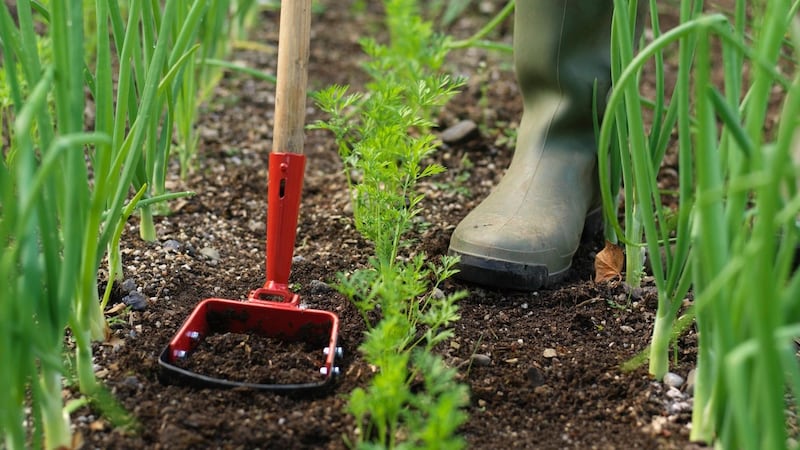
Start with weeds
Yes, yes, I know, it’s by no means the fun part, but by spending just a few hours hoeing and handweeding, you’ll immediately make your garden look far more loved and cared-for. For speed, ease of use and ergonomic design, get your hands on an oscillating hoe, which will make very short work of clearing any weedy paths or borders. Don’t be tempted to take the chemical route of weed control, not only because it’s not good for you or the environment (although these are good enough reasons in themselves) but also because it will take many weeks to work, during which time you’ll have to endure the horrible sight of all of those weeds slowly shrivelling up and discolouring to an violent shade of Agent Orange. Not a great look for a summer barbecue.
Tackle that lawn
Neatly-defined edges will work wonders in terms of making your lawn look shipshape so use a sharp spade or half-moon lawn edger to rework them. For straight edges, use a plank or a length of string held taught between two pegs as a guide. Then mow it, making sure the lawnmower’s blades aren’t set to the lowest setting as nothing looks sadder than a straw-coloured, overly-shaven lawn.
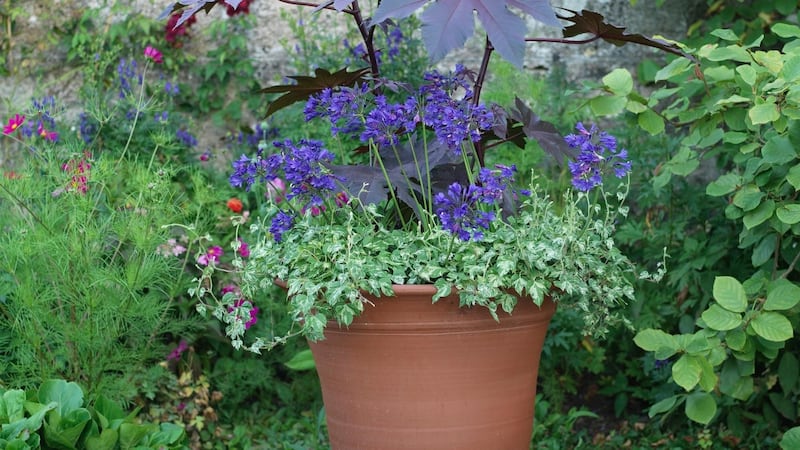
Cast an eye over your patio, deck or yard
Is it home to huddles of forlorn containers and pots, filled with half-dead, malnourished plants? Yes? Then empty them out and dump both plants and spent compost on the compost heap. Are the pots themselves a motley collection of weather-battered, chipped or rotting containers that have seen far better days? Then ditch them too; I promise that one large handsome, well-planted container is worth 100 ugly small ones that have seen better days. For a really eye-catching, colourful display as well as one that's much easier to keep watered and fed, you'll need a pot at least 60cm in diameter and 30cm in height. For ideas on how to fill it, including selecting the most floriferous, hardworking plants as well as the most suitable growing medium, see my Irish Times column of May 19th. These sorts of large containers don't have to be expensive. Instead consider taking a leaf out of well-known gardener Helen Dillon's book and upcycle large galvanised metal rubbish bins.
Get planting
The same sorts of quick-growing, hardworking, long-flowering plants you use to fill your pots can also be used to fill any ugly holes in borders. Cosmos, dahlias, salvias, and nicotiana are perfect for plugging a gap and are widely available from most good garden centres at this time of year. In particular, look out for the taller kinds of Cosmos such as white-flowering C. ‘Purity’ and the scarlet-pink C. ‘Dazzler’, which will grow into statuesque, floriferous plants if kept regularly deadheaded, well fed and watered. Tall, shrubby salvia varieties such as the inky-blue flowered Salvia ‘Amistad’ and magenta-pink S. ‘Wendy’s Wish’ will also flower throughout summer and early autumn as will the beautifully-scented lime-green Nicotiana langsdorfii and Nicotiana ‘Lime Green’. So will dahlias. All do best in full sun and good, fertile soil.
It’s not too late to grow some greens
While it's now too late to sow sweet pea, you'll still find young container-grown plants in good garden centres along with other fast-growing annual climbers such as Thunbergia alata (black-eyed Susan), Ipomoea (Morning Glory vine) and the very pretty, fast-growing Rhodochiton atrosanguineus (purple bell vine). All are excellent for growing up a trellis or against a fence. As for the veg patch, play catch-up by sourcing young module-raised vegetable plants from good garden centres as well as specialist growers such as Paul Schulz, who'll be bringing his wares to next week's Laois Garden Festival (to pre-order for collection at the show, see the Facebook page of The Natural Growing Company).
Whichever plants you plump for, make sure to prepare the ground before planting by working in some homemade compost and a scattering of organic pelleted manure and keep them well-watered and protected from slugs and snails until established.
Now deal with that tatty garden furniture
Spruce up garden furniture by using a scrubbing brush or power-washer to remove dirt, moss and algae. Wooden furniture, fencing and decking can also be given a dramatic face-lift with a couple of fresh coats of exterior wood paint or wood stain. In particular, look out for the Arborcoat range from American paint brand Benjamin Moore (benjaminmoore.com, from Dublin-based MRCB paints, mrcb.ie), which is known for its high-quality, colour-durable qualities. It doesn’t require a primer so all you have to do is paint (ideally two coats) on to clean, dry wood. Classic garden shades include Sea Pine, Night Train and Hale Navy. For metal garden furniture, use Benjamin Moore’s Aura Exterior range.
Not forgetting the path
To get rid of stubborn stains, moss and algae on paving, often all that’s required is a sturdy deck-scrubber and a bucket of hot water plus a squeeze of washing-up liquid and a little lemon juice. To get rid of weeds growing between slabs, use an old knife or patio knife (from most good garden centres).
After all that hard work, you deserve the opportunity to sit down with a few great new gardening books and a restorative glass of your favourite tipple. I highly recommend any of the following: A Landscape Legacy by the late, great British garden designer John Brookes; Brilliant & Wild: A Garden from Scratch in a Year by Lucy Bellamy, the new editor of UK's Garden Illustrated, Plot 29: A Memoir by Allan Jenkins, and Botanical Brain Balms:Medicinal Plants for Memory, Mood and Mind by Nicolette Perry & Elaine Perry.
I’ll leave the choice of tipple up to you.
This Week in the Garden
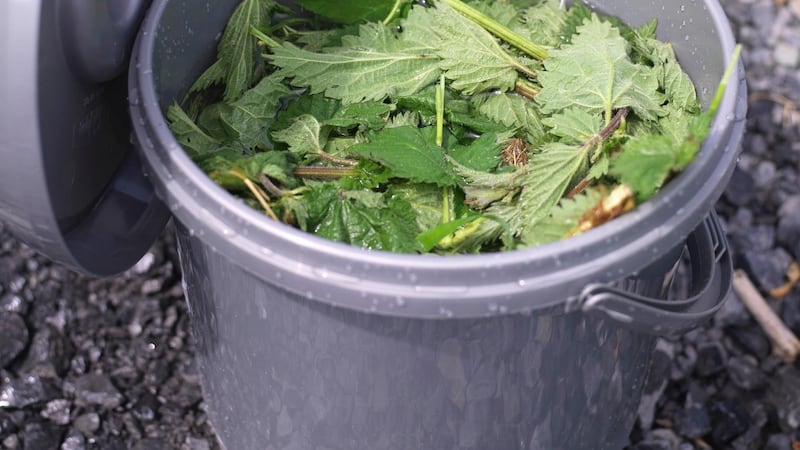
Make nettle feed
It’s hard to beat liquid nettle feed as an excellent organic pick-me-up for all kinds of plants. Quick and easy to make, it’s rich in nitrogen, magnesium, sulphur and iron and is also believed to stimulate the immune systems of plants, making them better able to resist attack from pests and diseases.
It’s at this time of year, while the foliage is still tender, that nettle leaves should be harvested before being chopped up with a long-handled garden shears and then placed in a bucket or plastic and covered with water (rainwater is best) followed by a lid. Then leave it alone for 2-3 weeks other than the occasional stir. The resulting smelly brew should be diluted down as a ratio of roughly one part nettle liquid to 10 parts water before being used as a foliar feed or root drench. Always wear rubber gloves when picking nettles to protect from stings as well as when using it as a liquid feed as the smell can cling for a few days!
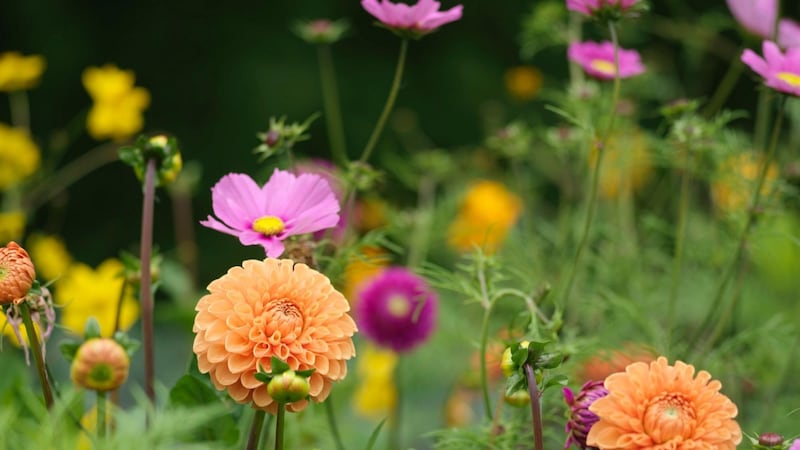
Plant dahlias
Now that the threat of a late frost has definitely passed, it’s time to get dahlia plants in the ground as soon as possible to ensure a good display throughout the summer and early autumn months. Container-grown plants are available at this time of year from most good garden centres as well as from specialist growers (see irishspecialistnurseries.com) Like so many of their tuberous South American cousins, dahlias need a really rich, moisture-retentive (but not permanently wet) soil enriched with plenty of organic matter and a sheltered position in full sun. To encourage a bushy plant with plenty of flowering stems, nip out the growing tips of each shoot just above the fifth or sixth set of leaves. Young plants also need to be vigilantly protected from attack by slugs and snails. I’ve discovered that a liquid nettle feed (see above) is very beneficial in this regard.
Fight aphids
Aphids can be a problem on the succulent tips of young shoots and flower buds at this time of year but try to avoid using some of the nasty pesticide sprays available to treat them as these are harmful to the environment as well as to most living creatures.
A simpler and far more sustainable solution is rub the aphids off with your fingers while simultaneously spraying them with water; this will usually do the trick if repeated a few times. In cases where the infestation is too widespread or too hard too reach (for example, high up on a climbing rose), use a solution of soft soap such as Uncle Tom’s Natural Soft Soap, which is environmentally acceptable and biodegradeable(from fruithillfarm.com). If certain plants in your garden regularly suffer from aphid attack, it can often be a sign that they’re not being given the sorts of growing conditions they require, which then causes plant stress and leaves them far more vulnerable to attack. For this reason, aphid attack is quite common in container-grown plants that aren’t being fed and watered regularly enough.
Dates For Your Diary
Saturday, June 9th (10am-1pm), Dalkey Garden School, Mornington, Saval Park Road, Dalkey, Botanical Mono Printing workshop, also in the same venue the following day, Sunday, June 10th (10am-1pm), Art in the Garden, a drawing workshop, see dalkeygardenschool.com or call Annmarie Bowring on 087 2256365 for details.
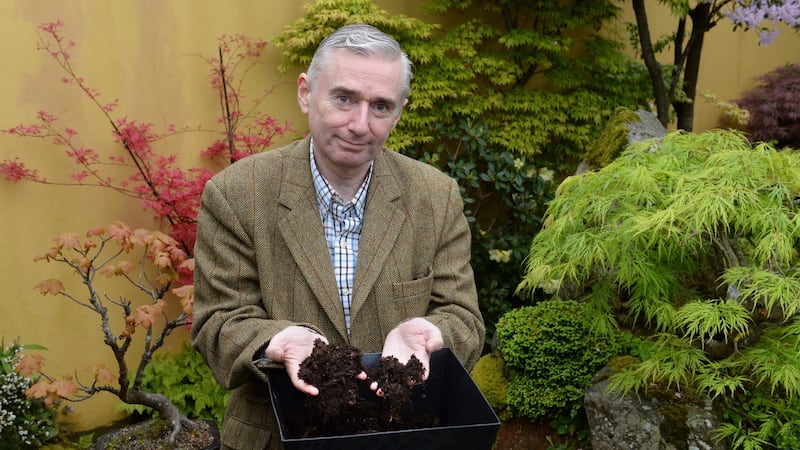
June 10th, Spink Community Grounds, Spink, AbbeyLeix, Co Laois, Buds & Blossoms Laois Garden Festival, with guest speakers Bob Brown of Cotswold Garden Flowers, Paul Smyth, plantsman and chief propagator at Crug Farm Plants, and broadcaster and garden writer Dermot O'Neill, specialist plant sales and local food producers, admission €5-€10, children free, see laoisgardenfestival.com.













